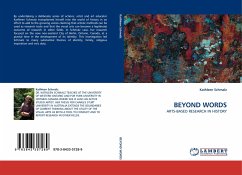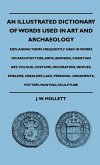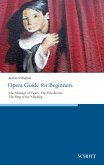By undertaking a deliberate series of actions, artist and art educator Kathleen Schmalz transplanted herself into the world of history in an effort to add to the growing voices claiming that artistic methods can be used as research tools and that the visual arts can become a legitimate outcome of research in other fields. In Schmalz case, her research focused on the now non-existent City of Berlin, Ontario, Canada, at a pivotal time in the development of its identity. This investigation led Schmalz to many substantial themes of identity, family, religious inspiration and civic duty.
Bitte wählen Sie Ihr Anliegen aus.
Rechnungen
Retourenschein anfordern
Bestellstatus
Storno







![Charles Harper's Birds & Words [With Red-Eyed Vireo Print] Charles Harper's Birds & Words [With Red-Eyed Vireo Print]](https://bilder.buecher.de/produkte/23/23546/23546949m.jpg)
